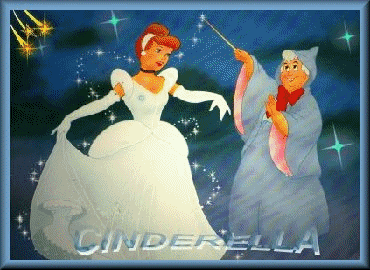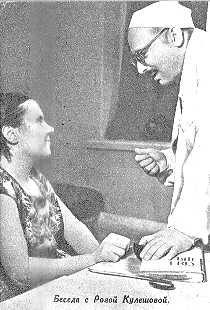 |
Unraveling Mysteries
|
| Home | Kuda Bux | Mollie Francher & Dr. Cesare's 14-year old patient | Margaret Foos and Rosa Kuleshova | |
|
Margaret Foos & Rosa Kuleshova |
|||
|
In 1960 fourteen year old Margaret Foos of Ellerson, Virginia, underwent elaborate tests conducted by experts. Securely blindfolded, Margaret read randomly selected passages of print, identified colours and objects and even played a game of checkers.
Rosa Kuleshova In pre-revolutionary scientific literature
there was a women described, who was able, with her eyes covered with a bandage, identify colours and read through sealed
envelopes touching them with the tips of her fingers. But still, you can not help being greatly impressed when you meet Rosa
Kuleshova. How can we explain her amazing ability to determine inscriptions, made in different types, drawings on post cards,
colour of paper, fabrics, threads Just touching them? The experiments, made by senior lecturers S.Dobronravov and Y. Fishelev
(Sverdlovsk-city) and further research, made in the laboratory of Psychology of the Nizhny Tagil Teachers' Training Institute
by Dr. I.Goldberg, senior lecturer M.Kojevnikov and the auther of this article, made it possible to conclude that Rosa has
the type of sensitivity that can be called dermo-optical perception. Rosa feels the colour of the light, penetrating through light filters and falling
onto her fingers. Rosa says: " This ray is red, that ray is green; that one is orange, and the other one is blue". Moreover,
she is able to identify not only a bright ray of light, but a weak one as well. She can even better identify coloured rays,
let through the lens filled with water and then reflected on her hand with a mirror. It was noticed, that sometimes while reading, her fingers are below the line,
but Rosa is still able to read what is written there. To understand this phenomenon, an experiment was set up. Grey-colored
triangles, placed against a bright-colored background: first red, then green, and then the yellow one were shown to Rosa.
Those grey triangles, due to the contrast effect, visually acquire, especially on the edges, the shade complementary to the
color of the background - against the red background gray triangles turn green, against the green background they seem pinkish,
on the yellow - blue. Rosa's finger was put in the middle of the grey triangle so that it would not touch the surrounding
coloured background. Every time she identified the surface not as grey but as a coloured one, the color being complementary
to the background: green, pink, blue. It means that her fingers perceived the light, reflected from the neighbouring coloured
parts. The ability of sensing colour differences allowed Rosa to read with her hand texts and numbers through glass and cellophane,
define shape and colour of the curve on the oscillograph screen, and level, and sometimes even colour of liquids in a test-tube. Rosa's dermo-optical perception is subject to the same laws of colour merging
as our visual perception. When Rosa touched a blue square placed into red light, she saw it as violet, as did the experimenter
who was watching it at the same time. When instead of red light it was illuminated with white, then both Rosa with her fingers
and the experimenter with his eyes identified the square as blue. Paper, for example, is perceived by us as white no matter if it is in bright
sunlight, twilight or electric light. If the same paper in placed into bright coloured light, for example, red, it takes he
color of the light and looks red. Strange as it may seem, but Rosa Kuleshova, with her ability for skin-optical perception,
perceives the paper as white, even if it is placed into the direct rays of red. Rosa Kuleshova is also experiencing more vivid optical illusions than all of
us, who do not possess the ability for cutaneous-optical perception.
|
|||

